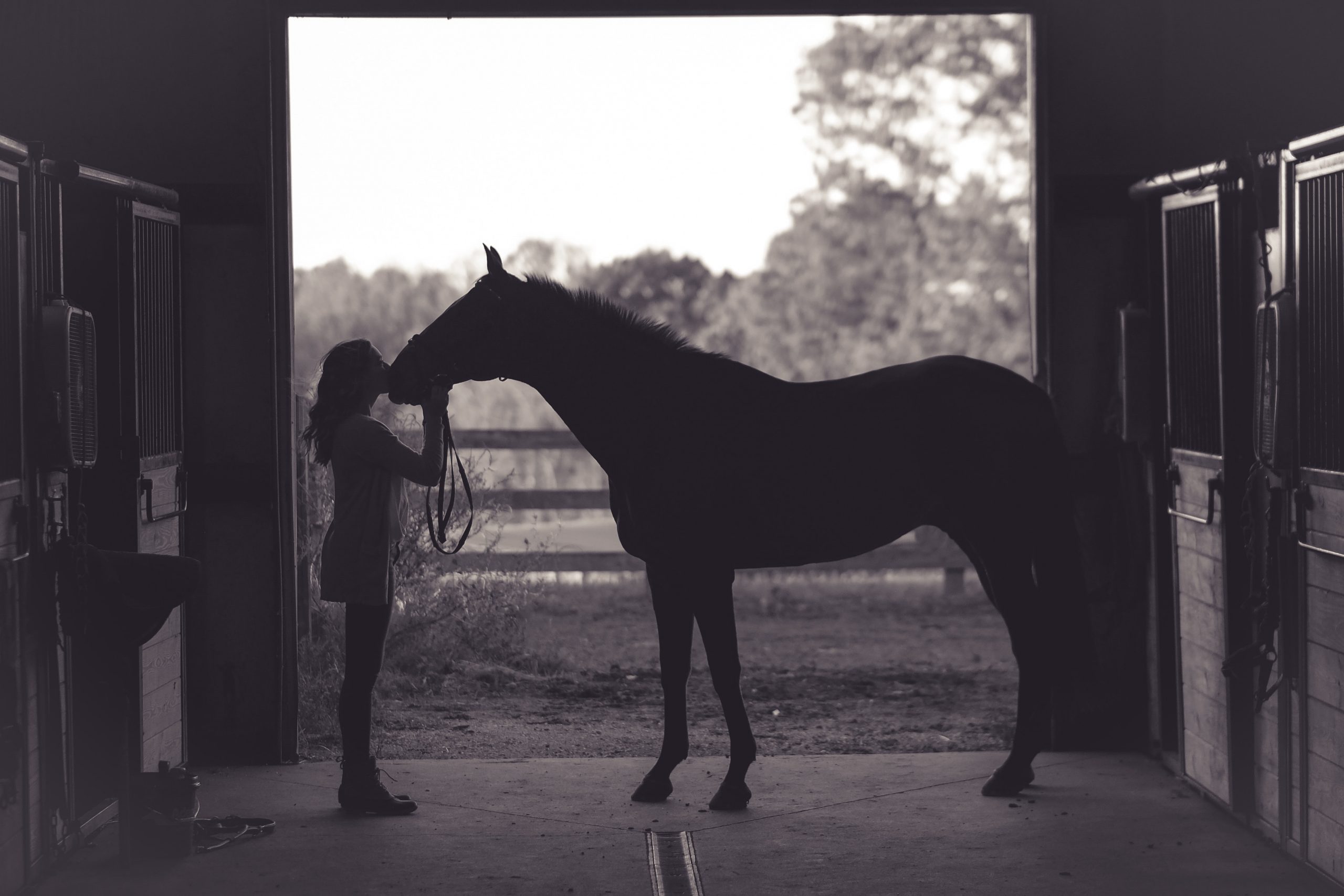About 10 years ago my husband Glenn was studying Bowen Therapy. Already a hypnotherapist of some years’ experience, he knew that this line we draw between what we call “body” and what we call “mind” was somewhat arbitrary, so he was seeking to gain some knowledge of manual therapies in order to enhance his practice of hypnosis.
A couple of times I was fortunate to be nominated “practice body” for his Bowen class. Mostly this meant that I lay around on a massage table being demonstrated on by the delightful Desley Faulks for ailments I didn’t have. But I did have one profound experience that completely healed a long-standing issue that was otherwise destined to be resolved by surgery. It also affirmed for me that regression is a normal and natural part of the human experience.
Until the day of that Bowen workshop I’d had repeated infections in my wisdom teeth, meaning that I was often unable to open my mouth enough to eat owing to the swelling and inflammation. Because this had been going for years it was determined that the teeth would need to be extracted, and because I couldn’t open my jaw properly it would require a general anaesthetic.
That day, Desley was teaching the use of Bowen technique on the temporomandibular joint (TMJ). As she demonstrated on me I felt some pain, and tears came to my eyes; as I closed my eyes suddenly I was “seeing” the leg of a tall chestnut horse as though I was on the ground looking up at it.
It came to me in that moment that I had injured my TMJ when I fell from my horse onto the road as an 11 year old – that was why my teeth were always getting infected.
From the day of that Bowen workshop onward I’ve never had an infection in my wisdom teeth, and they haven’t required removal – that couple of minutes of Bowen treatment fixed me. It also evoked spontaneous age regression, and while I don’t think the regression was the cause of the healing, I believe it was an artifact of the healing. The memory of an injury had seemingly been ‘stored’ in and activated by my body’s tissue, an example of what Ernest Rossi and David Cheek refer to as the “mind-molecule connection” (Rossi, E., & Cheek, D. (1994). Mind-body therapy: methods of ideodynamic healing in hypnosis. New York: W.W. Norton.)
Age regression is one of the ‘classic hypnotic phenomena’. These phenomena are things that manifest in some form when a person is in trance.
We spoke at our February workshop about abreaction and its relationship to memory and regression, and the misconception that experiencing an abreaction (such as reliving or recovering a memory of trauma) is in and of itself a healing. Katina gave us some language from Michael Yapko for what to do when abreaction occurs with our clients, and some guidance about how we might proceed from there. We also talked briefly about circumstances where an abreaction of sorts is something that we might carefully encourage, such as when we are conducting a SWISH, or using an anchoring technique, or when facilitating regression using a technique like the Watkins Affect Bridge.
In our Course we explore in detail the Classic Hypnotic Phenomena, and how and why we might encourage different phenomena to manifest. We also consider whether spontaneous occurrences are the better indicators of the presence of trance, and of change.
Being able to recognise and elicit hypnotic phenomena is fundamental to the practice of hypnotherapy. It is how we confirm and ratify the presence of trance, and how we enhance trance responsiveness in our clients. This workshop is for beginners and experienced hypnotists alike, and we hope to see you there.
Rachel Kennedy, 26 February 2020

